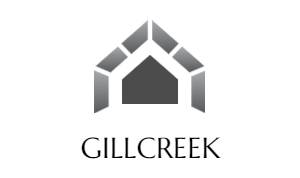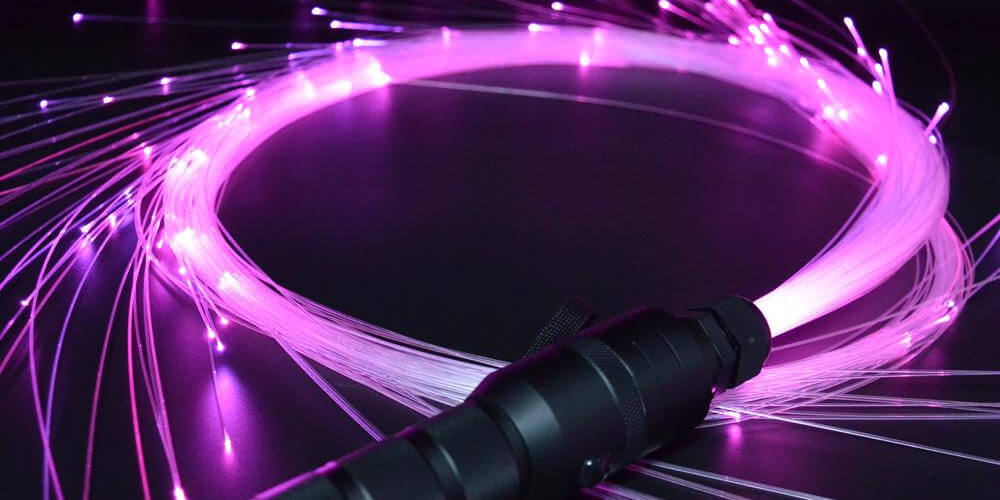Fiber optic lighting cable is typically made of multiple optic fibers made of glass or plastic. They use light to transmit light at high speed. The number of fibers in each cable varies depending on its type, size, and specifications. They can range from two fibers to hundreds of them within a cable. They are ideal in transferring light for light and decoration purposes. In this post, we discuss fiber optic lighting technology.
What is fiber optic lighting?
Fiber optics, also known as fiber optic technology, is a foreign term to most people who are not big on lighting technology. They are long thin strands made of plastic or glass. They are put in bundles to form cables known as fiber optic cables. They are used to transmit light signals over various distances at a very high speed and are encoded with data, similar to that seen on computers. These cables are used in telecommunication applications, e.g., telephones, the internet, and in industries.
Fiber optic lighting using optic cables
Light is transmitted within the optic cable’s core by repeatedly bouncing off its walls to form internal reflections that are either complete or incomplete. Being incomplete means the reflections cannot be defined. The total reflections are vital during the entire process as they keep the light within the cable. How the optic cable is designed also plays a role in preventing light from dispersing outward. The structure consists of the core, which is the inner part, and the outer layer is the cladding, which absorbs all incomplete reflections and ensures light signals remain within the core.
Instances where fiber optic lighting is applied
Below are the primary areas where fiber optic lighting is applied;
- Dentistry and surgery to illuminate the area of interest and ensure fewer incisions are made.
- The automotive industry can light up the interior and exterior and transmit data between its different parts.
- Decorative lighting to light up spaces and make them attractive, i.e., clubs
- Security purposes
- Broadcasting/ television
Types of optic cables
Fiber optic technology employs the use of fiber optic cables. Below are some primary types of fiber optical cables;
1. Single Mode Fibre Optic Cables
They have a thin core, and beams of light travel in a straight line (single mode) without touching the edges, over long distances. They carry signals like the internet and telephone.
2. Multi-Mode Fibre Optic Cables
They are larger than single modes and are ideal for light transmission over short distances. Due to their large structure, light has more space to travel and on multiple paths; hence more information is transferred. The many modes of light can distort light signals; hence the single method is preferred.
3. Stepped Index Multimode Optical Fibre
This type of lighting cable has a uniform refractive index at the core area and decreases the cladding refraction index. Modal dispersion is possible with this type of fiber optic cables; hence data is only transmitted over short distances to prevent it. They need high-density power to operate and are ideal for use in the medical and industrial sectors.
4. Graded Index Multimode Optical Fibre
The core’s refractive index in this type of cable is not uniform. The high refractive index causes this on the axis, which decreases away from it radially to form a parabolic curve. The cladding refractive index is constant throughout the transmission process.
Conclusion
Fiber optic lighting cables and technology have proved to be a reliable way of transmitting light signals to remote locations and different applications. They are replacing the copper cables in the market and becoming popular, either for personal or industrial use.

